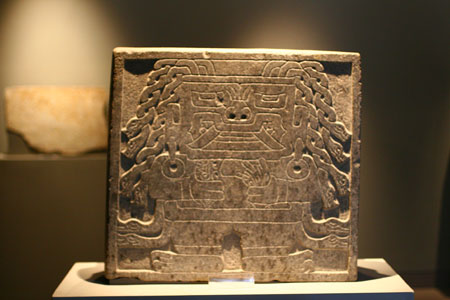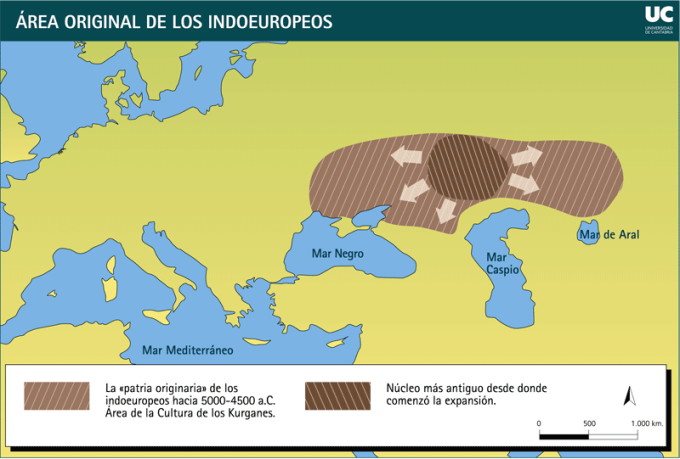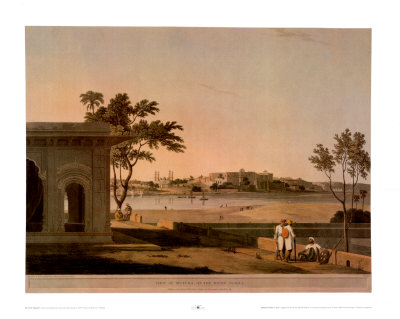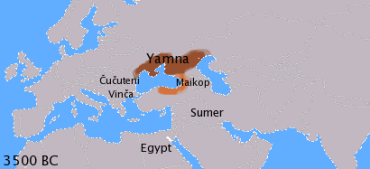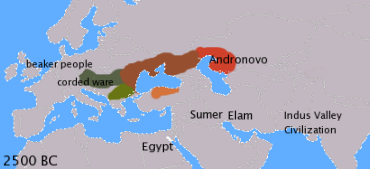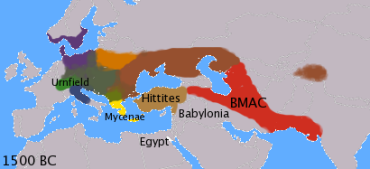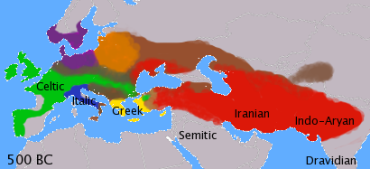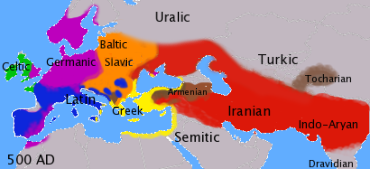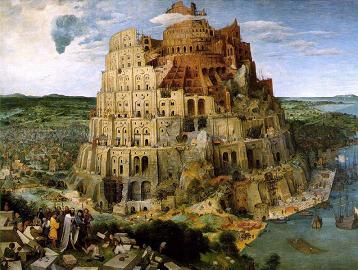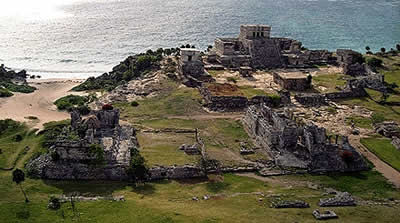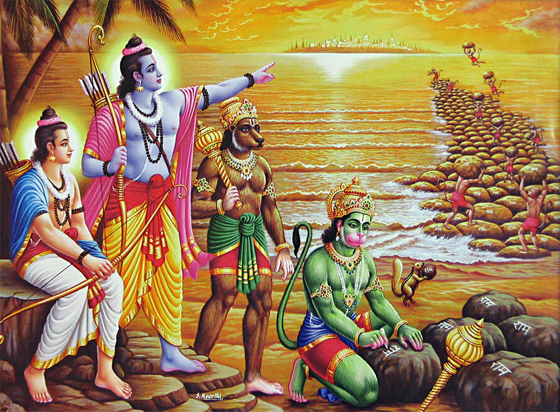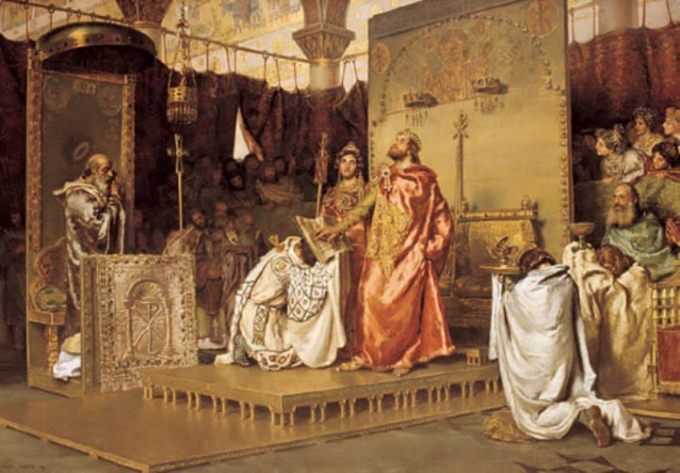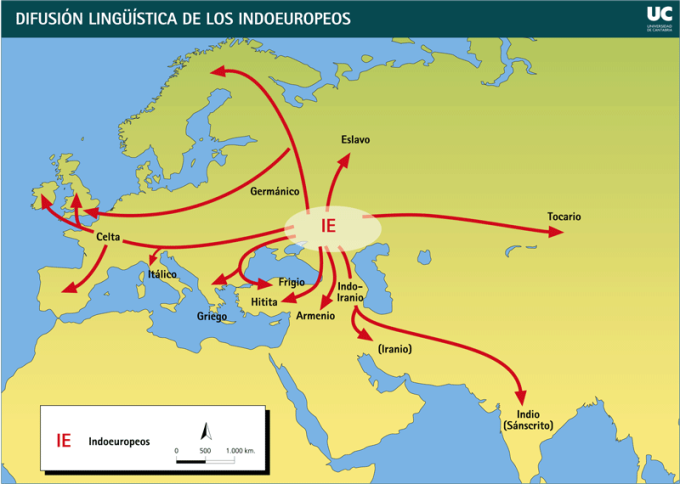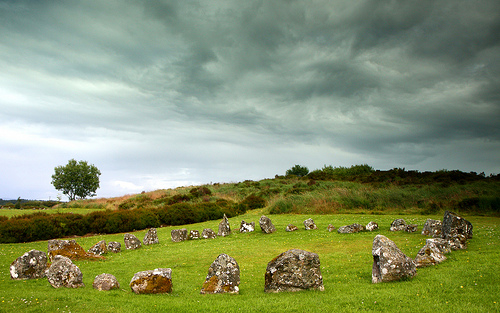Características comunes
El protoindoeuropeo presenta muchos rasgos que han desaparecido de la mayoría de las lenguas indoeuropeas modernas. De hecho, entre las lenguas indoeuropeas se encuentran tipologías gramaticales que las hacen muy diferentes entre sí, no siendo cierto que todas las lenguas indoeuropeas conserven actualmente “parecido” entre sí, y su relaciónfilogenética muchas veces solo es accesible mediante el estudio comparado profundo de las mismas y no por su aspecto superficial o las características gramaticales más evidentes.
Esto se debe a que estas lenguas han seguido evoluciones marcadamente diferentes en cada región donde se hablan. Sin embargo, se reconocen algunas características casi universales en todas ellas:
- Las lenguas indoeuropeas son lenguas altamente fusionantes.
- El alineamiento morfosintáctico es de tipo nominativo-acusativo.
- La categoría gramatical de número se marca obligatoriamente tanto en los nombres y pronombres como en las formas personales del verbo. La mayoría de las lenguas distinguen solo singular yplural, aunque algunas lenguas poseen tambiéndual.
- La gran mayoría de las lenguas indoeuropeas poseen algún tipo de distinción de género gramatical, si bien algunas lenguas como elinglés restringen esta distinción a los pronombres personales y en otras lenguas, como el armenio y el persa moderno, las distinciones de género gramatical han desaparecido por completo.
Género gramatical
El sánscrito, el latín y el griego clásico distinguían entre tres géneros gramaticales: masculino, femenino y neutro. Aunque muchas lenguas indoeuropeas más modernas han perdido alguno de estos tres géneros, en las lenguas romances (con la excepción del asturleonés), las lenguas celtas modernas y las lenguas bálticas, el género neutro se ha asimilado al masculino o al femenino. En holandés y las lenguas escandinavas, el femenino ha desaparecido manteniéndose la oposición entre masculino y neutro. En inglés, la distinción de género solo existe en los pronombres de tercera persona de singular (marginalmente cuando el referente es un vehículo o un país puede usarse she para referirse a ellos), aunque en inglés antiguo el género también existía en los demostrativos y el artículo. Algunas lenguas modernas, como elarmenio, han perdido completamente la distinción de género tanto en el nombre como en el pronombre.2 En muchas lenguas iranias modernas existen solo dos géneros: en persa moderno solo existe distinción entre género humano y no humano y en pashto entre masculino y femenino.3 También muchas lenguas índicas han perdido alguno de los tres géneros presentes en sánscrito, elhindi–urdu4 solo diferencia entre masculino y femenino, habiéndose perdido el neutro. En bengalí la pérdida ha ido más allá y la distinción de género ya no existe, o más exactamente no es morfológicamente productiva, aunque hay residuos en el léxico.
El número de géneros en el indoeuropeo más antiguo reconstruible es dudoso, ya que parece que las lenguas anatolias más antiguas solo reflejan una distinción entre género animado y género inanimado en el adjetivo. Rodríguez Adrados ha propuesto que esta es la distinción más antigua y secundariamente apareció en el resto de las ramas también el género femenino.5
__________________________……………………………..======================
Common Characteristics
The PIE has many features that are missing from most modern Indo-European languages. In fact, among the Indo-European languages are grammatical types that make them very different from each other, not being certain that all Indo-European languages currently maintain “like” each other, and their relationship phylogenetics is often only accessible through the comparative study deep the same and not its surface appearance or the more obvious grammatical features. This is because these languages have followed markedly different trends in each region where spoken. However, some universal features are recognized almost all of them:
- The Indo-European languages are highly merging .
- The morphosyntactic alignment is of type nominative-accusative .
- The grammatical category of number is marked mandatory in both names and personal pronouns and verb forms. Most languages distinguish only singular and plural , though some languages are also dual .
- The vast majority of Indo-European languages have some distinction of grammatical gender , although some languages likeEnglish this distinction to restrict personal pronouns and other languages such as Armenian and Farsi , grammatical gender distinctions have disappeared completely.
Grammatical gender
The Sanskrit , the Latin and ancient Greek distinction between threegrammatical genders : masculine, feminine and neuter.Although many modern Indo-European languages have lost one of three genera in theRomance languages (with the exception of asturleonés ), the Celtic languages and modernBaltic languages , the neuter has been assimilated to the masculine or feminine. In Dutch and the Scandinavian languages, the female has disappeared keeping the opposition between masculine and neuter. In English, the gender distinction exists only in the pronouns of the third person singular (marginally when the referent is a vehicle or a country may use she to refer to them), though in Old Englishgender existed in the demonstration and article. Some modern languages such as Armenian , have completely lost the distinction of gender in both name and pronoun. 2 In many modern Iranian languages there are only two genres in modern Persian exists only distinction between human and non-human species and Pashto . between male and female 3 also many Indic languages have lost any of the three genera present in Sanskrit, Hindi – Urdu 4 only difference between male and female, having lost neutral. In Bengali loss has gone further and gender distinction no longer exists, or more accurately is not morphologically productive, although there is waste in the lexicon.
The number of genera in the oldest Indo reconstructable is doubtful, since it seems that the Anatolian languages oldest only reflect a distinction between animate and inanimate gender gender adjective. Rodríguez Adrados been proposed that this is the oldest secondary distinction and appeared in other branches also the female gender. 5
Fuente:

